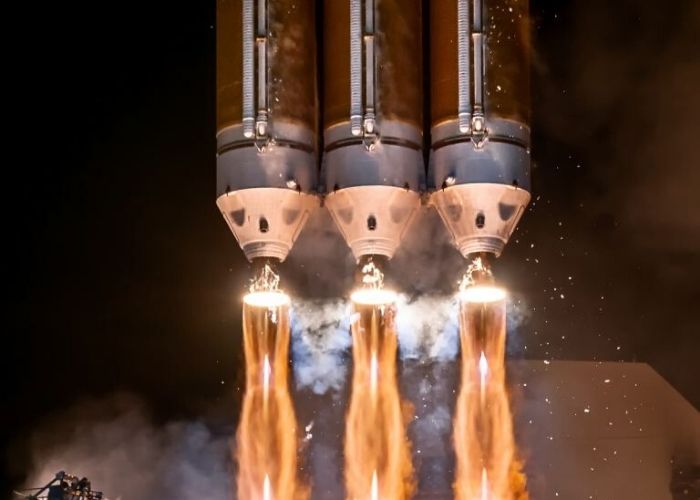
The bubble would contract space-time in front of the ship, flow over the ship, then expand back to normality behind it. If the laser beams are moving faster than the speed of light, then it would indicate that they are creating some sort of warp field, or bubble in the space-time foam, which in turn produces the thrust that could, in theory, power a spaceship bound for the centre of the Milky Way or one of its dwarf galaxy satellites. If that’s true, it would mean that the EmDrive is producing a warp field or bubble. According to reprts, when lasers were fired through the EmDrive’s resonance chamber, some of the beams appeared to travel faster than the speed of light. The experiment that led to the possibility of faster than light interstellar travel took place in the vacuum of space. It was developed by British aerospace engineer Roger Shawyer in 2000. The catalyst for the trending warp-drive excitement is the Electromagnetic Drive or EM Drive, a thruster that was engineered to steer rockets which eliminates the use of a propellant originally intended for moon missions, Mars missions and low-Earth orbit (LEO) operations. “While conceptual research into novel propulsion methods by a team at NASA’s Johnson Space Center in Houston has created headlines, this is a small effort that has not yet shown any tangible results.” NASA officials said. But, based on its latest Technology Roadmaps, it seems that the agency is at least considering that such developments might be possible. Nasa has been keen to play down the prospect of warp travel or travelling faster than light. And it probably is, at least for the time being, according to Nasa. It sounds too sci-fi to be true: a fuel-free thruster system that could carry spaceships around the universe faster than light. Their concept engine could apparently reach Alpha Centauri in two weeks, as measured by clocks on Earth. Despite Alcubierre stating his theory was simply conjecture, Nasa’s Harold White thinks he and his team are edging towards making the realm of warp speed attainable. Allowing space and time to act as the propellant by pulling the craft through the bubble would be like stepping on an escalator.

Miguel Alcubierre’s theory was published in 1994 and involved enormous amounts of energy being used to expand and contract space itself - thereby generating a ‘warp bubble’ in which a spacecraft would travel. This, in essence, would allow a spaceship to travel almost anywhere in a tiny fraction of the time it would take a conventional spacecraft. Using something known as an Alcubierre drive, named after a Mexican theoretical physicist of the same name, it might be possible to ‘bend’ space-time, and cover large distances almost instantly. These paths, called Einstein-Rosen bridges or wormholes, connect two different points in space-time, theoretically creating a shortcut that could reduce travel time and distance. In 1935, physicists Albert Einstein and Nathan Rosen used the theory of general relativity to propose the existence of “bridges” through space-time. But be wary: wormholes bring with them the dangers of sudden collapse, high radiation and dangerous contact with exotic matter.

Wormholes are predicted by the theory of general relativity. We bring you the fact and the fiction of starfaring and the vehicles to help you do just thatĪ wormhole is a theoretical passage through space-time that could create shortcuts for long journeys across the universe. But while the sight of humanity zipping to Proxima Centauri in a few years may still be a pipe dream, Hollywood has been tripping the light fantastic for years. Reports are rocketing around the Internet that NASA is on the verge of developing a Faster-Than-Light propulsion system.


 0 kommentar(er)
0 kommentar(er)
